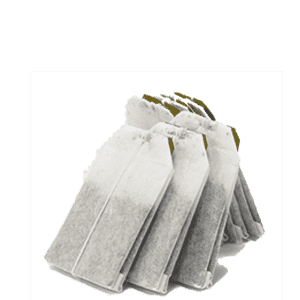Saffron is a spice derived from the flower of the saffron crocus, which is a part of the iris family. The spice has been used for centuries as a food additive and its alleged medicinal properties. The crocus is native to northern Africa, southwest Asia, and Europe. The saffron crocus grows to a height of 15–20 cm, blooms in fall, and produces purple flowers with yellow stigmas around the end of September in the Northern Hemisphere. The saffron’s three stigmas are used by people who manually harvest it for its spice, saffron. Saffron is used to flavor many dishes, primarily meat and rice.
Where is saffron used?
Saffron is also known as “red gold” due to its high cost and rarity. It takes about 200,000 to 250,000 flowers to produce just 1 kilogram of saffron threads. That’s why it’s one of the most expensive spices in the world! The saffron color can vary from light yellow to golden, depending on the number of carotenoids in the flowers. A cup of saffron threads can contain anywhere from 30 to 50 milligrams of carotenoids. Saffron can be used in various cuisines, including Indian, Persian, Moroccan, and Spanish dishes. Its distinctive flavor works well with seafood and rice dishes. It has also been used to enhance the flavors of poultry and beef stews.
It is recommended that you visit the page related to premium saffron
Real saffron vs. fake ones
The best way to distinguish real saffron from fake ones is by looking at their color. Actual saffron threads are deep red,, while fake ones are usually yellow or orange. It is also wise to look at the price of real saffron as they are usually more expensive than fake ones. Like other herbs, saffron has a long shelf life, so it is still possible to find some in stores even if it’s been a few months since its harvest. These threads can be kept for up to several years and still be viable, but they will be less fragrant. If you are purchasing saffron to use in cooking, it is best to buy a small amount at a time rather than getting a large container of it. This will allow you to test how much you need when cooking and ensure that the flavor doesn’t wholly change after adding too much.
Storage of the saffron in a tight container will also help differentiate between fake and real. If you have actual saffron threads, they generally are stored in small, tightly sealed containers that cannot be opened by hand. On the other hand, fake saffron is usually stored in larger containers that can be easily opened. Leave the saffron threads out for about 20 minutes to dry. After 20 minutes, take a small amount of the saffron in a measuring cup or bowl and crush it into powder by hand. The color of the powder should be yellow, orange, or red. However, the best practice is to always buy from a reputable business with certificates and receipts to prove that they are selling genuine saffron.
The saffron’s aroma will also tell you whether it is accurate or fake. Real saffron has a distinctive, strong, spicy smell that is not too overpowering. On the other hand, phony saffron lacks this unique aroma, making it easier to detect.
Another great way to distinguish real saffron from fake saffron is to taste It. There is no doubt that saffron is a costly spice; thus, it cannot be used in every dish. So to know whether it is accurate or fake, you will have to taste a small quantity of it first. However, if the spice has been mixed with other ingredients like sugar or starch during manufacturing, then the taste might be masked by those ingredients. You will have to taste the saffron for yourself to know for sure. Saffron can be found in various ways, including powdered form, threads, and even ground-up crumbs. The best way to see if it has been mixed with other ingredients is to always ask for certificates and buy from reputable and trusted sources.
Another way to determine whether it is fake is to smell it. Fake saffron does not have a characteristic fragrance – in contrast to genuine saffron threads. In the case of counterfeit saffron, remember that the real thing is expensive and contains the dried stigmas used to make saffron threads. If it is genuine, the lines should be crunchy and give off a strong smell. We are proud to grow and supply the highest quality and certified saffron worldwide. Please shop with confidence on our website. We offer free shipping across Australia and free international shipping for orders over $150 AUD.
It is recommended that you visit the page related to the saffron price.

 Herbal Tea Bags
Herbal Tea Bags Premium Dried Fruit
Premium Dried Fruit